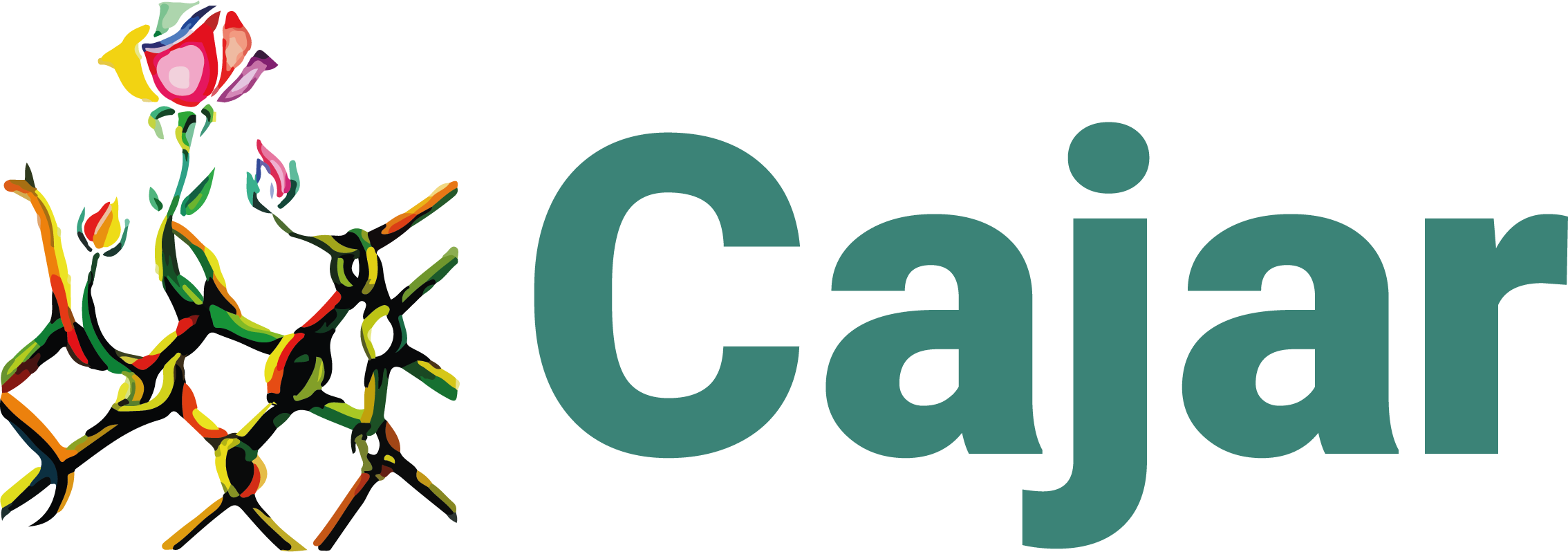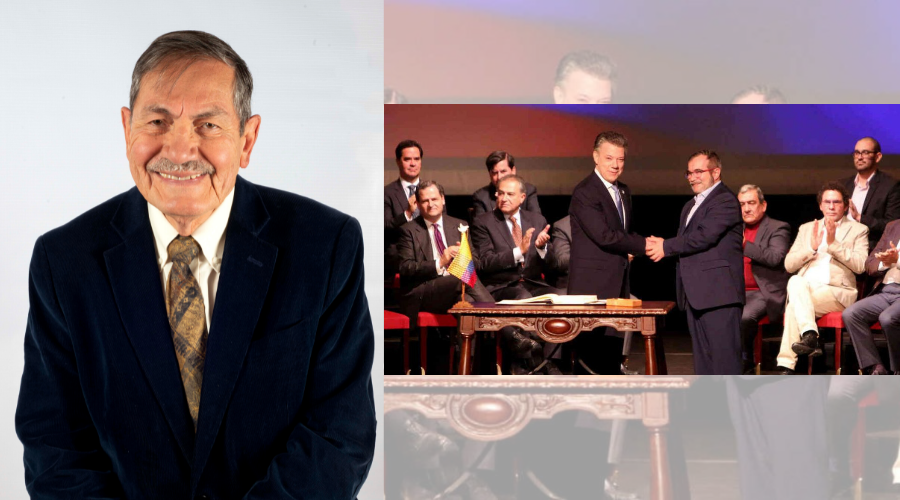Originally published in Confidencial Colombia.
On the last November 24, 2021 were commemorated the five years of the signing of the renegociated peace agreement with the FARC with the visit of the UN Secretary General, Antonio Guterres, and an event at the headquarters of the Special Jurisdiction for Peace, JEP. President Iván Duque highlighted in his speech the value of peace and rescued the 1991 Constitution as “the train of peace”.
On the one hand, one is astonished. President Duque has done everything possible to tone the Agreement down. With his constant criticisms, with the low budget allocation to key programs, with the type of officials he has placed in the institutions, he has constantly shown his lack of political will to fully comply with the agreement.
Comprehensive rural reform is in its infancy. The distribution of land contemplated in the Agreement has been meager. The National Land Agency, in charge of delivering the lands promised in Havana, inflated the numbers of lands delivered to landless peasants and passed off the legalization of titles as new lands.
President Duque persists in seeking to scuttle the agrarian jurisdiction in Congress, a key point of the Agreement and a felt need in the regions as armed groups enter communities many times imparting their version of ‘justice’. Contrary to what the president said before Guterres -that “territorial peace requires more judges in deep Colombia”-, this initiative has been rejected outright by his party, the Democratic Center, CD.
Nor has serious progress been made in the reform of politics, the rules of social protest, the political pact to remove violence from politics, the definitive dismantling of paramilitarism.
At the same time, there are elements that may not be reversed, among them the JEP. The attempts by Duque and the CD party, calling for reformist referendums and attacking it from Congress, failed. The agreement between the president and the prosecutor of the International Criminal Court, Karin Khan, to close the preliminary investigation against Colombia on the basis that the JEP is already investigating war crimes, and crimes against humanity, sealed its permanence.
That is why the November 24 ceremony at its headquarters with the presence of Duque and Guterres is very symbolic. Former President Álvaro Uribe and the radical wing of the CD party were left alone in their criticisms. The CD candidate, Óscar Iván Zuluaga, has said that he respects the JEP. Senior military commanders have decided to submit to it, as have important third parties such as Drummond contractor Jaime Banco. The JEP enjoys greater credibility among Colombians and opinion leaders than other courts in the country.
That the resistance to the political participation of former FARC guerrillas seems to be a thing of the past is also an advance. The 5 senators and 5 representatives remained in Congress for four years, and will repeat another term. In addition, the senator for the Comunes party, Sandra Ramírez, ex-partner of the guerrillero Manuel Marulanda Vélez “Tirofijo”, was chosen by the opposition as second vice-president of the Senate, without creating major controversy.
These partial advances towards a true and long-lasting peace should not be underestimated, especially if we take into account where we started.
The government of Julio César Turbay Ayala (1978-1982), issued the infamous Security Statute, a symbol of arbitrariness. Under it, frequent state of siege, administrative detention of people, interrogations by members of the army and police, and torture as a daily practice to extract confessions were used.
It was during this administration that the First Peace Commission was constituted (Decree 2761 of October 8, 1981). It was presided over by former President Carlos Lleras Restrepo, and was made up of doctors Jhon Agudelo Ríos, César Gómez Estrada, Gerardo Molina and Gilberto Viera, Monsignor Rafael Gómez Hoyos, the head of the Armed Forces, and the director of the National Police. The guerrilleros were not called to participate.
In fact, the Commission was not about making pacts with the guerrillas, but about studying the way in which their members could be incorporated into working life, in exchange for an amnesty. The first question the Commission addressed was how to surround those suspected of being subversives with constitutional and legal guarantees, in order to avoid abuses of authority and to avoid the judgment of international forums on the protection of human rights. The concept of transitional justice did not exist.
As a result of his work, Decree 3642 of December 1981 was issued, which regulated articles 28 and 141 of the 1986 Constitution. These were the articles that authorized the National Government to apprehend and detain, after hearing the opinion of the Council of State and after the opinion of the ministers, persons who were threatening the public peace. This power, known as administrative retention, lent itself to serious human rights violations.
Decree 3642 was an important achievement for the protection of fundamental rights. It provided for releasing detainees and placing them at the disposal of a competent judge within the 10 days stipulated in Article 28 of the Constitution, informing them of the reasons for their detention and the right to give immediate notice to their relatives of the place where they were being held, to be visited by an official doctor, to receive clothing and personal items, as well as to enjoy adequate food and to have an interpreter of their native language.
From a peace commission focused on how not to commit abuses against those accused of “subversion” to a peace agreement that offers a way to confront structural problems deeply rooted in our history, yes, it is a step forward that we should celebrate. But we cannot wait another 40 years for its full implementation.

